What if, instead of “growing up” and moving to the outskirts of a city, we could design more liveable urban neighbourhoods, all while reducing our collective carbon footprint? Instead of skyscraper-laden metropolises and their sprawling suburbs, is it possible to imagine a different urban framework? And if so, can we as citizens make it a reality?
Award-winning Chicago-based architect and urban planner Douglas Farr thinks so. Former chair of the LEED for Neighbourhood Development committee, he has designed and constructed seven LEED Platinum-certified buildings – and he’s not one to keep his knowledge and expertise to himself.
Farr’s 2007 bestseller Sustainable Urbanism: Urban Design with Nature made a powerful case for eco-friendly, high-performance buildings and infrastructures, while his latest book, Sustainable Nation: Urban Design Patterns for the Future, ups the ante by encouraging change at a neighbourhood level. The book aims to inspire readers with 70 provocative “patterns of change” – innovative, progressive design concepts from thought leaders – in combination with six “accelerant strategies”, or ways of speeding up conventional rates of positive change in order to better shape the sustainable cities of the future.
We sat down with Farr to talk about his vision for the city of the future, and how we can get there.
Essentials: How do you envision the city of the future? Or rather, should we still look at the city as the fundamental urban unit?
Douglas Farr: I think the neighbourhood will be the frame of experience for your city, your first identity. There are tens of millions of neighbourhoods in the world. Each of them is authentic, with its unique culture for food, art, housing and the choices it offers. The vision of Sustainable Nation is that each of them should work hard to discover its own authentic talents and assets, and express them to the best of its abilities.
Also, we live in a very transient world. Americans move on average 11 times in a lifetime, and each time they move any great distance, they shed friendships and distance themselves from family. Those two things – friendships and family, lifelong relationships – are the single greatest predictors of happiness. The culmination of the lifestyle that I see is a heavy investment in the place you have chosen. Not simply to be a consumer of that place, or an observer of its attributes, but an active participant and leader in making it even better.
One of the main themes in your book is how to drive change. What do you think is the biggest challenge in driving change, and why is it so difficult?
When you look at brain chemistry, at what makes us happy – the section in the book about heuristics deals with this – the finding there is that we have a bias against change. The loss we experience when we lose something is twice as powerful as the joy that we feel for gaining the same thing. We are wired to be twice as emotionally affected by loss than by gain.
So yes, we don’t like change. And there are other biases that enforce this. We often assume – this is called the “representativeness heuristic” – that people around us are somehow a representative sample of the world, and if my friends agree with me, then I must be right, because they represent a microcosm of the world. We convince ourselves through listening to our small groups and not recognising that they aren’t quite the rest of the world.
In your book, you mention “acceleration strategies” that could speed up the rate at which we effectuate positive change. Could you give us an example?
Pilgrimage sites. The idea that there are special places on the planet which capture the future that are worth travelling to, as they inspire us with their behavior, design, lifestyle.
Another accelerant is constituted by “communities of practice”, groups of people that work towards the same goal, or in the same field of excellence, and that meet on a regular basis to hone their skills. There is a social aspect to this: people care about their standing in their group, they want to receive recognition. This acceleration strategy acknowledges the human element to technical issues like energy, fish and sea, or even decarbonisation.
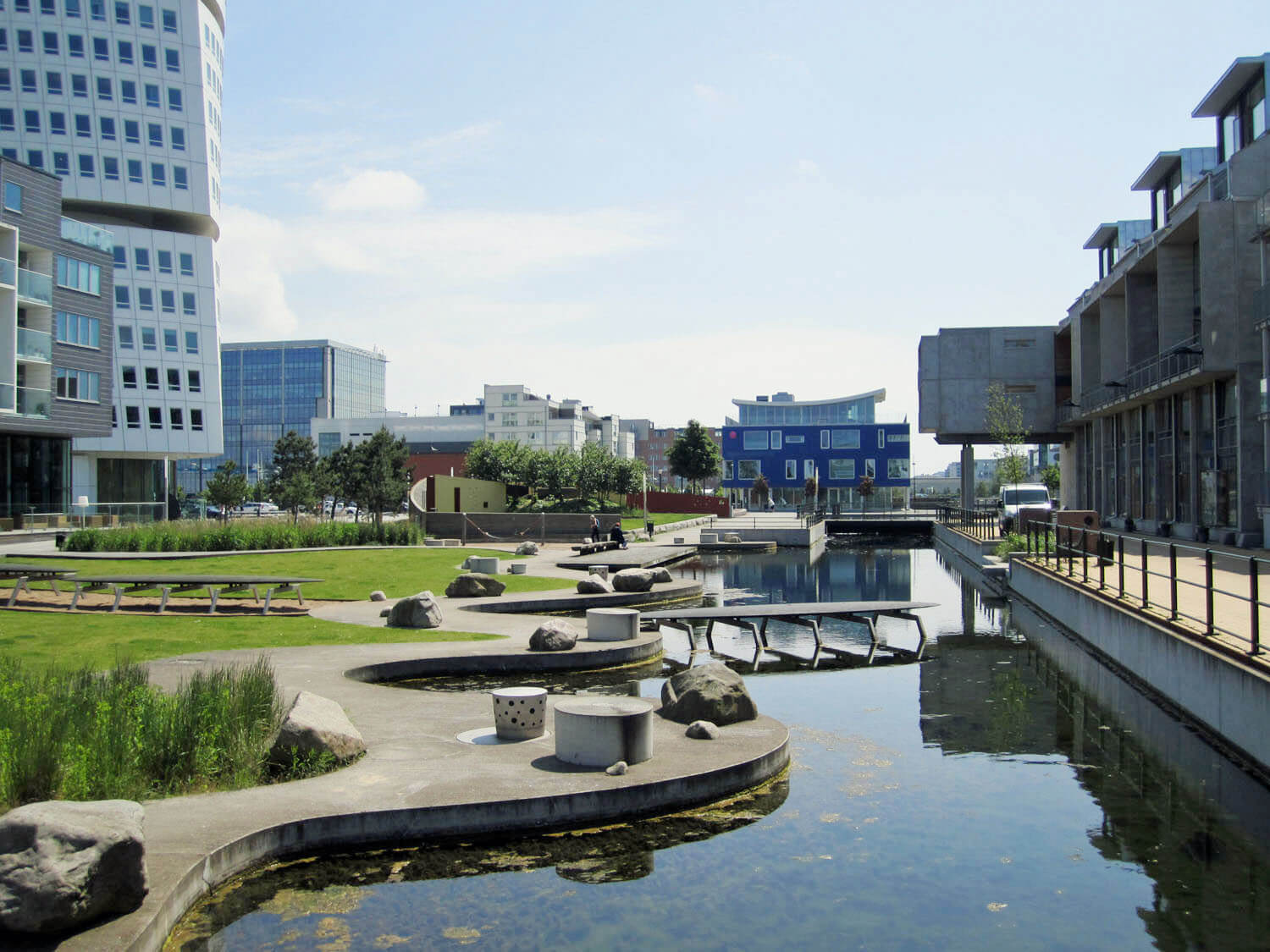
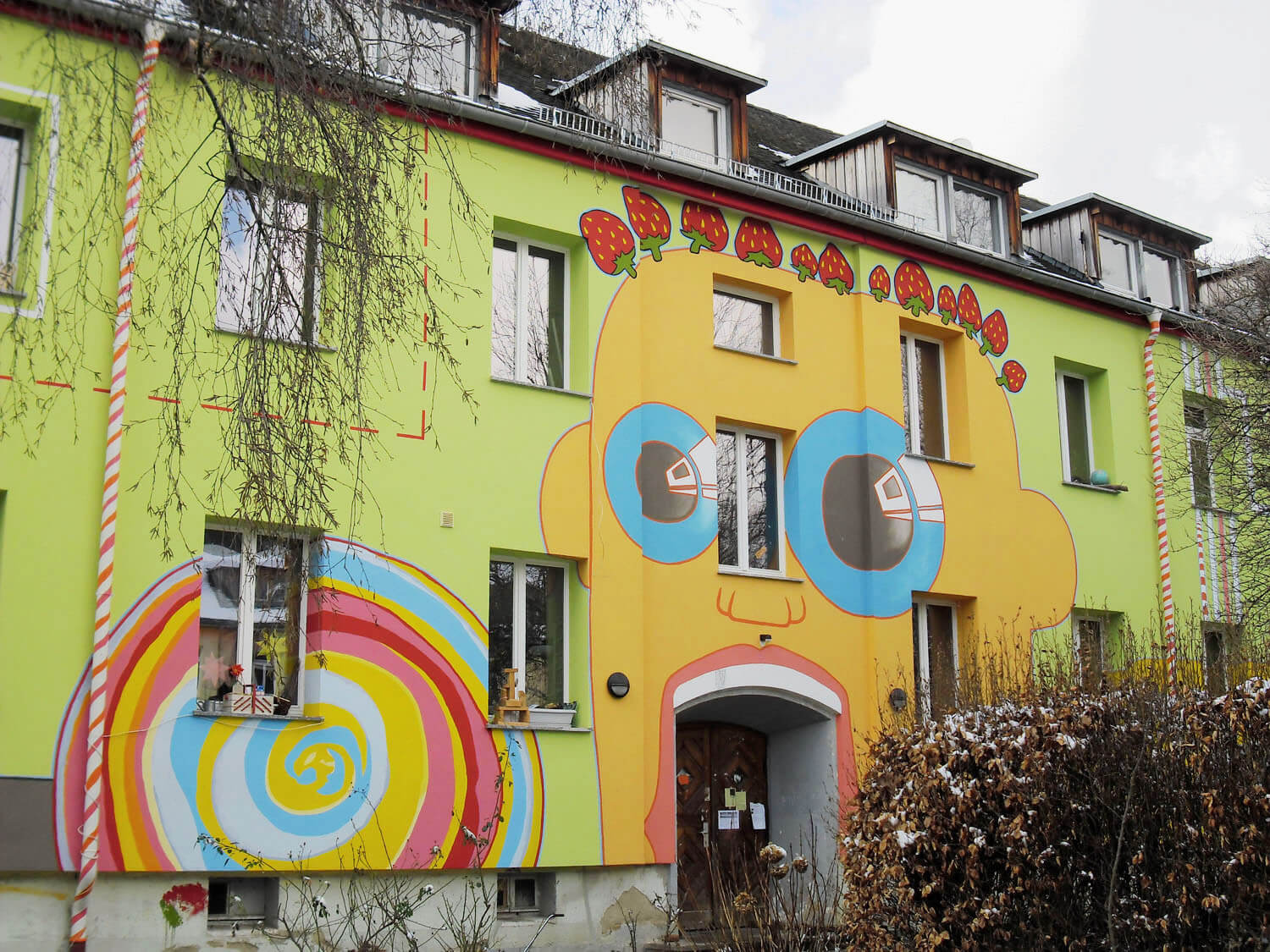
[Left: Malmo, Sweden © La Citta Vita/Flickr. Right. Freiburg, Germany © xkidx/Flickr]
Accelerants like these, when applied, can shave decades, maybe even generations off the normal pace of change. That’s a new skill. The way we’ve always done it, which was making change eventually, is now obsolete. The work we need to do [now] is to make change quickly, around the schedule. Getting there eventually is no longer good enough. A big part of that goes back to localness and authenticity. People around the world have been convinced that the two great powers they have to make change in the world are to vote and to shop, and nothing else. This idea of focusing on one’s neighbourhood is undervalued and is underrepresented as a choice.
Sustainable Nation is a highly provocative book, with many examples of how to transform our neighbourhoods and achieve sustainable growth. What would you say is your favourite example?
One of the patterns described in the book is called “Local Burning Man”. There are ten principles that guide the Burning Man week, the glue that structures that temporary society. When you look at them one at the time, they are very much interesting prescriptions for healing what ails us. For example, a stat in Sustainable Nation reports that Americans’ greatest fear in the year 2015 was talking to strangers. Well, one of the principles of Burning Man is “seek out the stranger”. Another one is “leave no trace”, and we certainly need to do better at that. Plenty of the ten principles are about self-expression and creativity – and in expressing yourself, your humanity is on display, which allows people to connect with you.
All those things are humanising, and the pattern contributed by Burning Man was very much intended to be for one week a year. But in fact, those are just ten principles everyone should consider living their lives in accordance with.
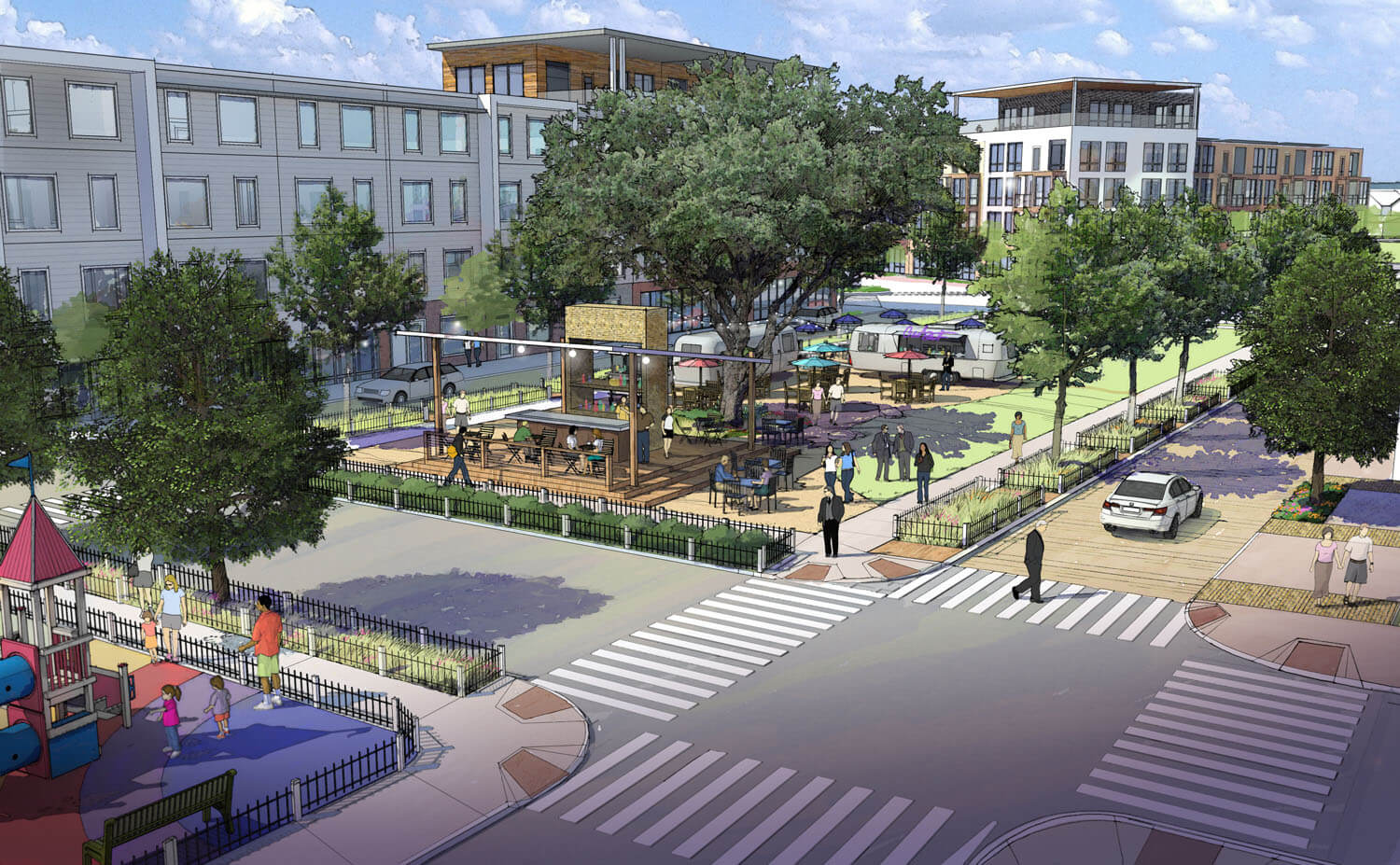
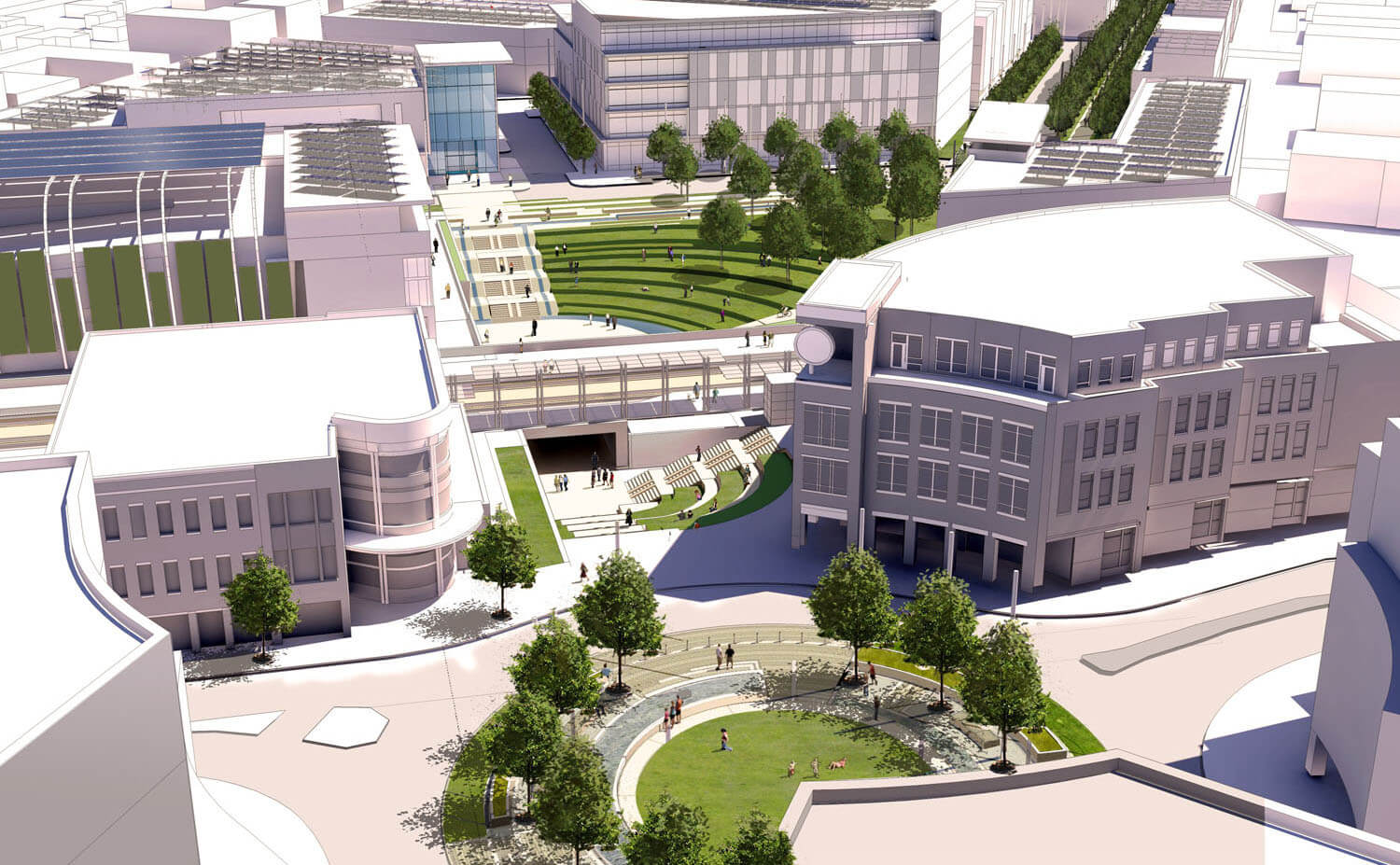
[Left: Colony Park in Austin, Texas. Right: Uptown in Normal, Illinois. Courtesy of Farr Associates]
Another reason I picked this pattern is that there are so many weighty issues in the book: carbon, obesity, urban sprawl… You can’t knock on someone’s door that you don’t know, even if it’s a neighbour, and try to engage them to reduce their carbon. That’s not how people work; you can’t lead with serious issues. I am convinced that in a neighbourhood you should start with a party. Have some fun, build some relationships before you can take on other things. Party first, work later.
You just launched The Pattern Project.org, your latest initiative designed to drive change at the neighbourhood level. Could you tell us about it?
The Pattern Project is a form of speeding up change. The basic idea is that the patterns [ie. actionable plans] exist as invitations to devote time to pursuing your passion. If you love gardening, or rainwater, art, food – there is a pattern for it. Take that pattern and then pair it up one on one with an accelerants to fulfill it in your neighbourhood or community as fast as possible.

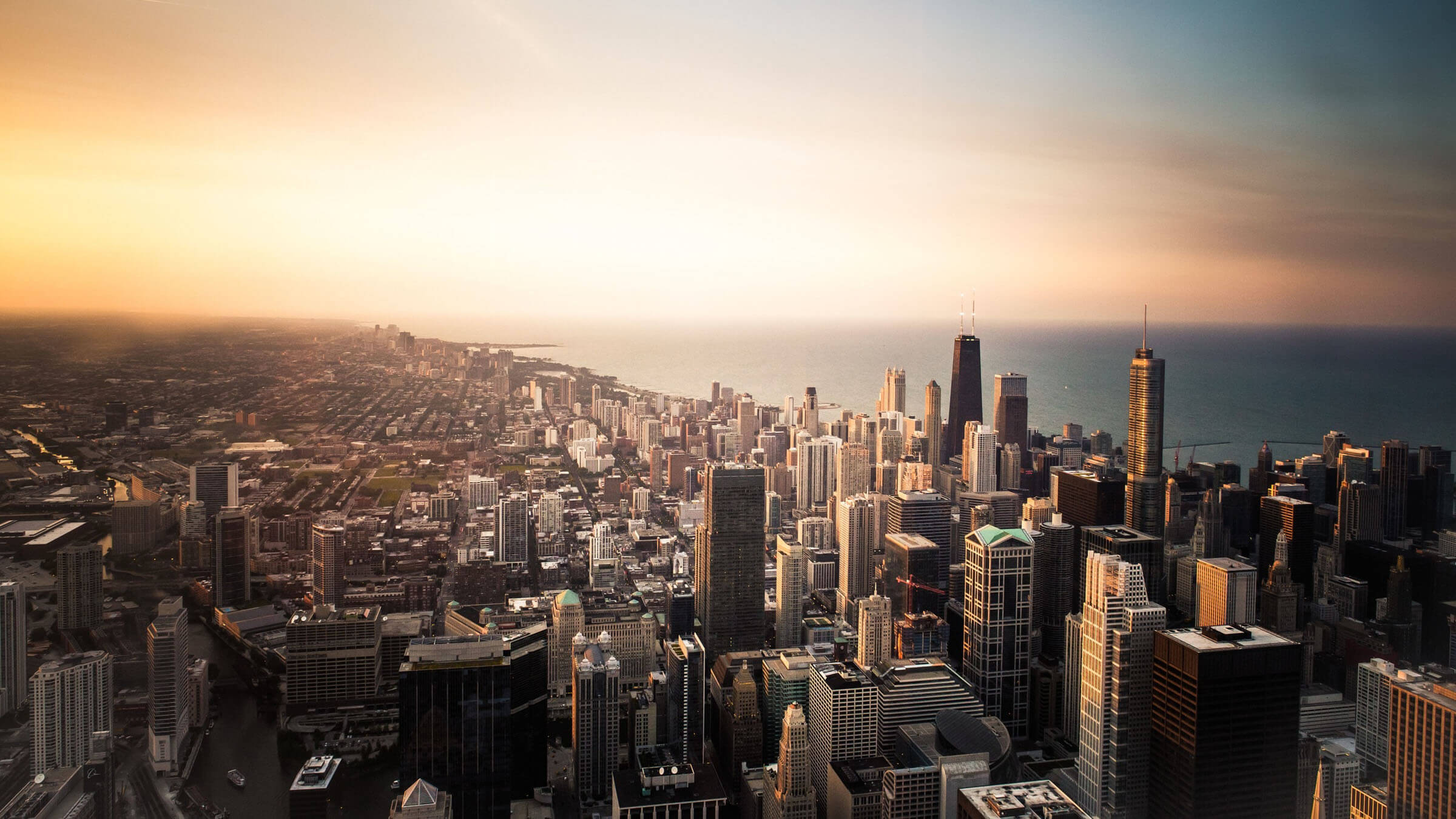

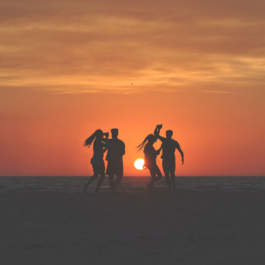




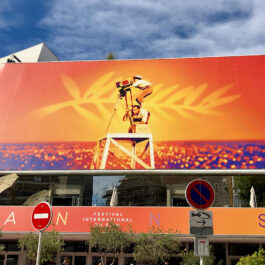

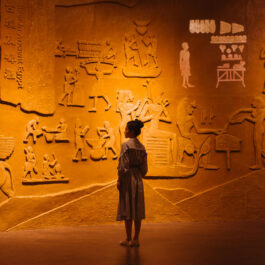

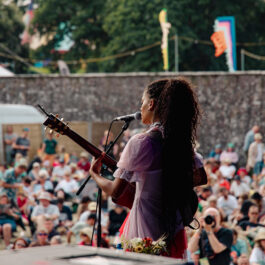

Sorry, the comment form is closed at this time.